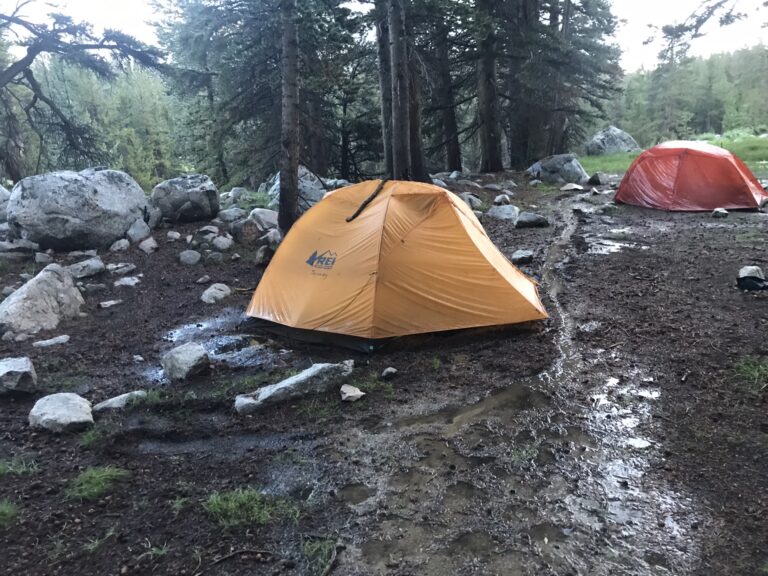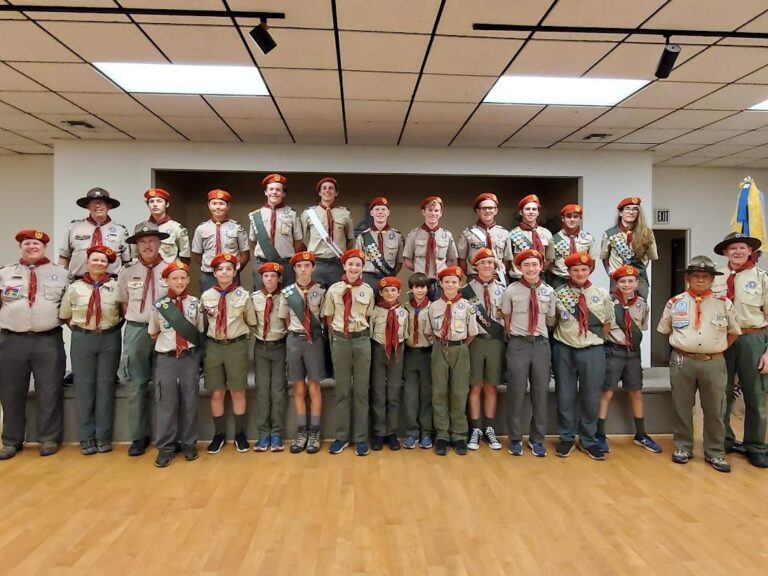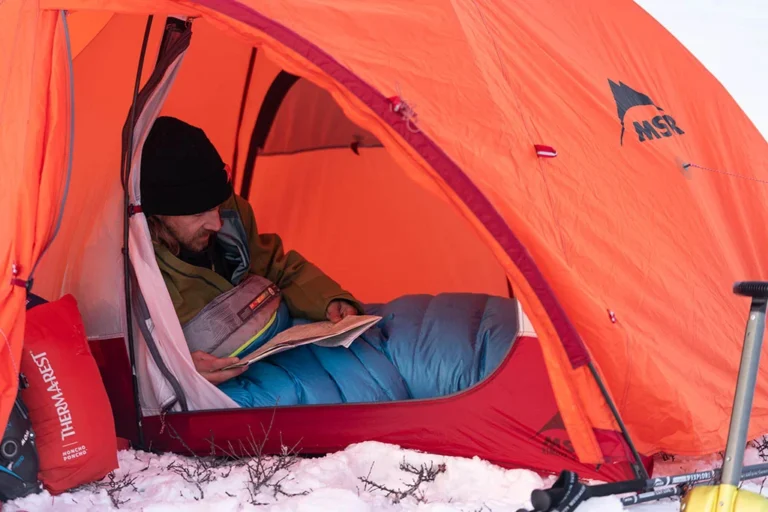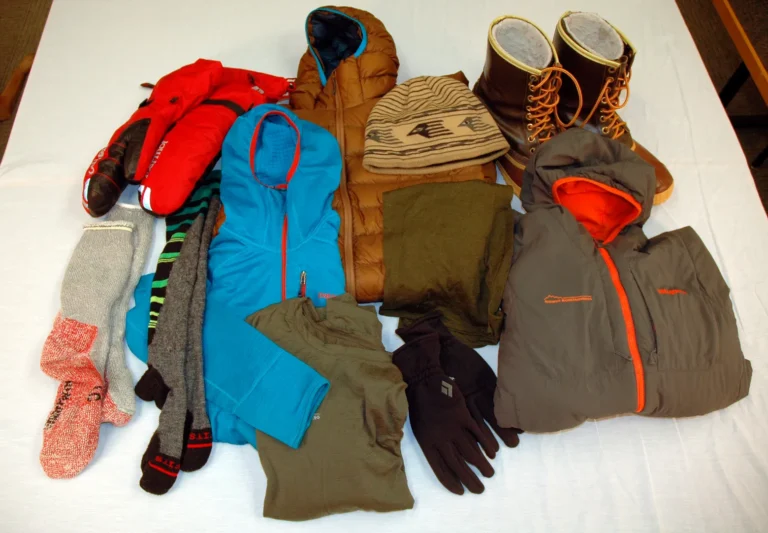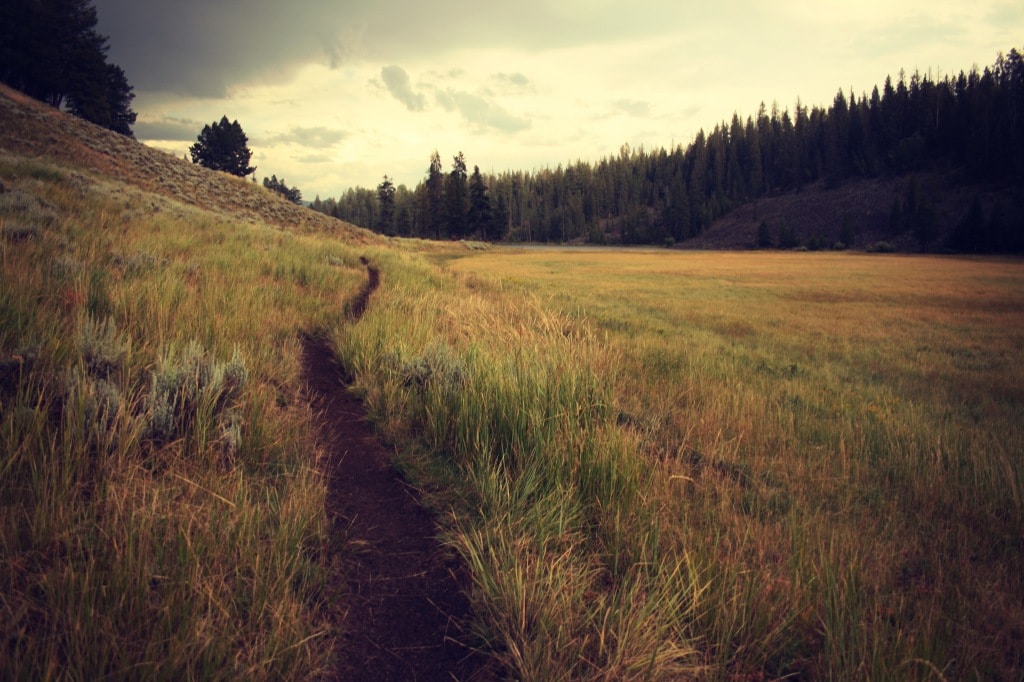
Plan extra
When figuring how much food to take on a trip, include extras for the unexpected injuries, foul weather, layover days so forth.
Consider the weather
Warm or cool temperatures will affect how much food you’ll need. Colder weather, for instance, dictates that you’ll need to consume more calories to keep your body warm, so you’ll need more food.
Think packable
There’s no need to buy a host of foods packaged specifically for the trail; many that we enjoy everyday are perfectly suited to the occasion. To get you thinking “portable,” here’s a list of my favorites.
Breakfast
- Hot cooked cereals: instant oatmeal, creamed wheat.
- Cold cereals: Grape Nuts, granola. Fruit: dried or fresh.
- Potatoes: dried or fresh for hash browns; season with onion powder, cayenne pepper.
- Eggs (fresh or dried): season with dried herbs, bacon bars, dried sausages.
- Sweetener: honey, brown sugar.
- Beverage: tea, coffee, instant hot cider, hot chocolate, powdered instant milk.
- English muffins, raisin bread, bagels, breakfast bars.
Lunch
- Bread, crackers, hard cheese, hard boiled eggs, dried fruits.
- Canned fish: sardines, tuna.
- Canned meat: chicken, ham.
- Beef jerky, gorp (Good Old Raisins and Peanuts).
Supper
- Macaroni and cheese, Oriental noodles(Top Ramen).
- Potatoes and ham, rice dinners, Chicken and pasta.
- Get freeze dried foods. For a week long (or longer) trek, carry a freeze dried foods
Keep spices dry
Herbs and spices stay moisture free in plastic 35mm film containers. Transparent containers are especially nice for seeing how much seasoning remains inside.
Leave butter at home
Butter turns rancid in the heat. Carry margarine instead in squeeze container. Carry in plastic bag to prevent any leaks.
Double bag powdered milk
By using two plastic bags, you’ll help avoid punctures and spilled milk powder. Bags with twisties work best since the milk granules tend to get caught in the channel of the zip type bags, preventing the bag from closing tightly.
Put food in Bear resistant container
Mice, raccoons, bears and skunks all are attracted to the scent of food. Store all food items and smellables, tooth brush, tooth paste, insect repellent, sunblock, etc, in the container. Hanging food from a tree limb is only buying the time.
Sleep safely
Never take or store food in your tent. Animals will try to enter the tent for the food.
Leave pockets open
When you are sleeping, it is best to leave all the pockets of your pack open. Mice can then run in and out at will and need not chew through the fabric of your pack.
